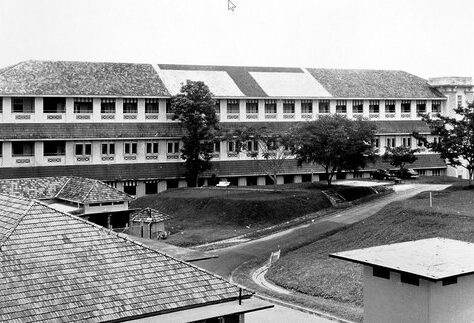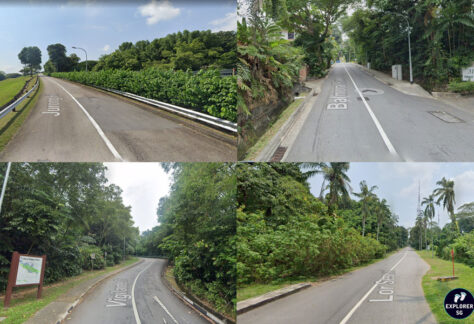Itching for a quick getaway from the hustle and bustle of everyday life? Here are eight islands you can visit other than Sentosa!
As the world undergoes a global pandemic, many of us are experiencing a serious case of holiday deprivation. According to Expedia’s 2020 Vacation Deprivation Study, Singapore emerged as the most vacation deprived country. Over 71% of the Singaporeans surveyed in the study responded that they were ‘very’ or ‘somewhat’ vacation deprived; this is up from 67% in 2019 and 63% in 2018.
Luckily, Singapore is home to 64 islands, of which a handful offers a temporary paradise getaway without the need for a passport. Here are eight islands you can visit other than Sentosa!
1. Saint John’s Island
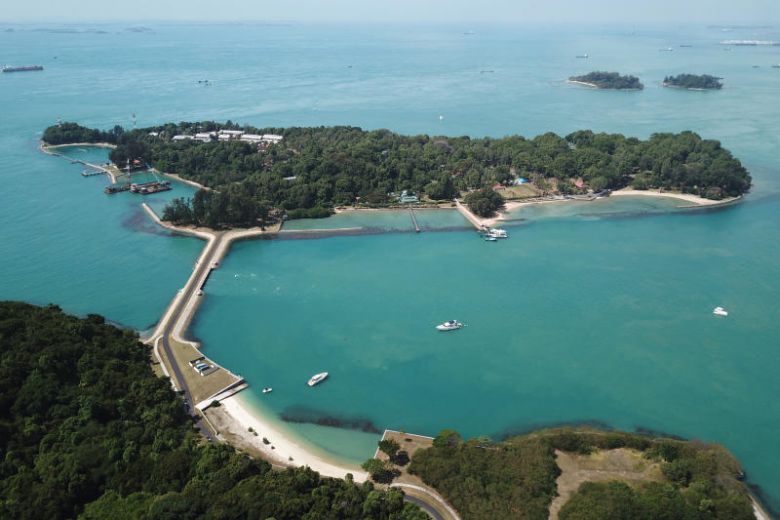
A mere 6.5km from mainland Singapore is St John’s island, the largest of the Southern Islands.
The historical significance of St John’s Island has made it all the more a must-visit island. On 28 January 1819, Sir Stamford Raffles anchored off St John’s Island and spent a night on the island before heading to the mainland the next day to meet Temenggong Abdul Rahman, the Malay chief of Singapore.
From the late 19th century to the mid-20th century, the island served as a quarantine station for cholera and beri-beri infected immigrants as well as pilgrims returning from Mecca.
St Johns’ island was later converted into a detention centre for political prisoners and ringleaders of secret societies; you can still spot the barbed-wire fences! It also served as a drug rehabilitation centre before being converted into a holiday island in 1975.
From swimming lagoons and pristine beaches to football fields and bungalows, the island was a popular weekend spot for families during the 1980s and 1990s.
Things to Do
- Go on the St John Island Trail, a 2.8km long path comprising of 15 stations that serve as station markers and educational board. Get the PDF guide here
- Visit the St John’s Island National Marine Laboratory. Register your interest here
- Spend a night at St John’s Island! Holiday bungalows and chalets are available for booking.
Getting There
Singapore Island Cruise provides ferry services to St John’s Island and Kusu Island. Book here
2. Lazarus Island
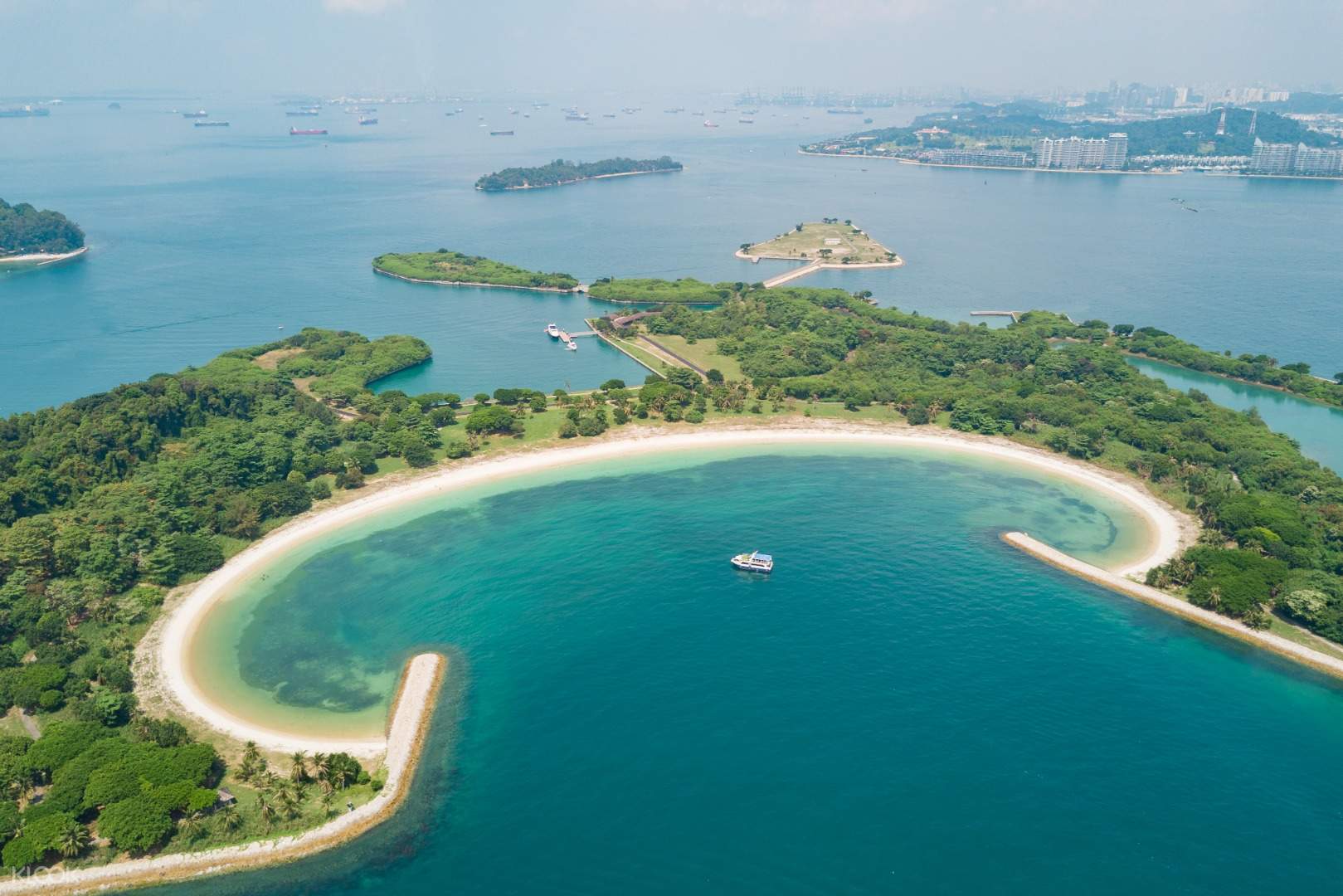
Known for having one of Singapore’s last unspoilt beach, Lazarus Island offers a idyllic yet beautiful hideout for those looking to get away from the urban chaos.
The island was used as a confinement centre in the 19th century but was abandoned after the escape of a prisoner. The confinement shed were burnt down in a fire in 1902.
The island was later deployed as a radar base in the 1960s before being taken over by Sentosa Development Corporation (SDC) in the 1970s. Both Lazarus Island and St John’s Island were once earmarked for the development of a beach resort but the plans failed to see through.
You may be interested in: The History Behind Kampong Lorong Buangkok
Things to Do
- Walk along one of Singapore’s most pristine beach.
- Go on a beach cleanup! Rubbish can regularly be found on the island beach due to tidal waves.
- Fly a kite! Lazarus Island has a relatively wide and open beach. Combined with the offshore winds, getting a kite up to the sky is almost a certainty!
- Fish at one of the many spots located along the coast of Lazarus Island
- Hike over to Pulau Seringat, an undeveloped island linked to Lazarus Island that offers a mini-adventure for explorers.
Getting There
Take the Singapore Island Cruise to St John’s Island and cross the 150m paved causeway to Lazarus Island. Alternatively, hire a private boat to access Lazarus island directly.
3. Pulau Hantu

Pulau Hantu (Ghost Island in Malay) is a pair of islets south-west of mainland Singapore. Its sheltered beaches and pristine lagoon has made it a popular spot for snorkeling and fishing activities.
Malay folklore describes that Pulau Hantu was the location where ancient Malay warriors once dueled to their death. The two islets – Pulau Hantu Kecil (Small Ghost Island) and Pulau Hantu Besar (Big Ghost Island) – was supposedly the remnants of two great warriors; it is said that their spirits continues to haunt the island.
In spite of its close proximity to the Pulau Bukom refineries, Pulau Hantu is home to a rich and diverse marine life. This has made Pulau Hantu a popular diving spot for recreational divers. For non-divers, the inter-tidal zones offers an opportunity for you to get up close to the marine lives that call Pulau Hantu home.
Things to Do
- Go on a diving trip and explore the rich coral reefs and diverse marine life in Pulau Hantu
- Walk across the shallow lagoon between the two islets during low tide!
Getting There
There are no regular ferries to the island. Arrange for a private charter from West Coast Pier/Marina South Pier or join a diving trip to Pulau Hantu. Alternatively, local meetup communities on Meetup.com offers unguided tours to Pulau Hantu on a bi-monthly basis.
4. Kusu Island
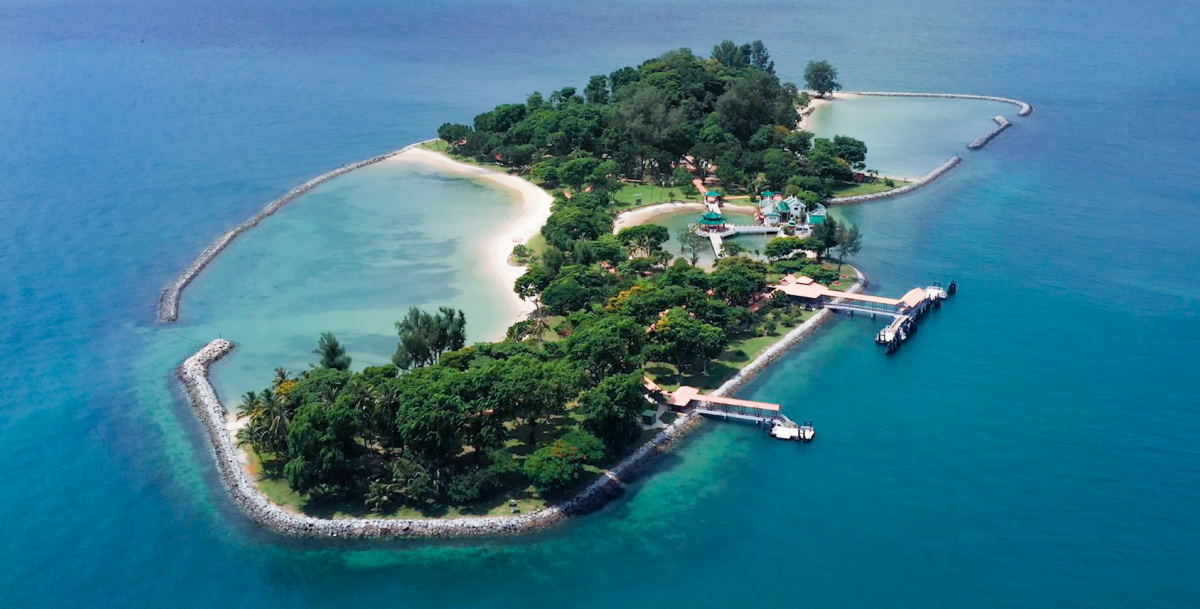
Kusu Island is an island located just 5 minutes away from Lazarus Island.
Kusu, which means tortoise or turtle in Hokkien, originates from a legend where a magical tortoise turned into a island to save two shipwrecked sailors from the rough seas.
In the early 18th century, the island was used as a reference point for ships entering Singapore. It also briefly served as a burial site for immigrants who died while serving quarantine on St John’s Island.
You may be interested in: The Ultimate Guide to the Southern Ridges
Today, the island is famous for its religious sites. Located at the top of the Kusu hill are three Malay Keramat (shrine). Devotees visiting the island have to climb 152 steps leading up to the Keramat in return for wealth, good health and marriage.
A Chinese temple located at the bottom of the hill is home to the Chinese deities of God of Prosperity (Tua Pek Kong in Hokkien) as well as the Goddess of Mercy, or Guan Yin.
During the annual Kusu Pilgrimage which last from September to November, an estimated 100,000 pilgrims will visit the island to pay their respect. An open-air hawker centre located beside the Chinese temple will open during the three month festive period.
Things to Do
- Climb up the Kusu hill and visit the Muslim Kramat.
- Visit the Chinese temple and bless yourself by throwing a coin at the bell in the lake.
- Enjoy an afternoon picnic at the beaches
Getting There
Singapore Island Cruise provides ferry to St John’s Island and Kusu Island. Book here
5. Pulau Satumu
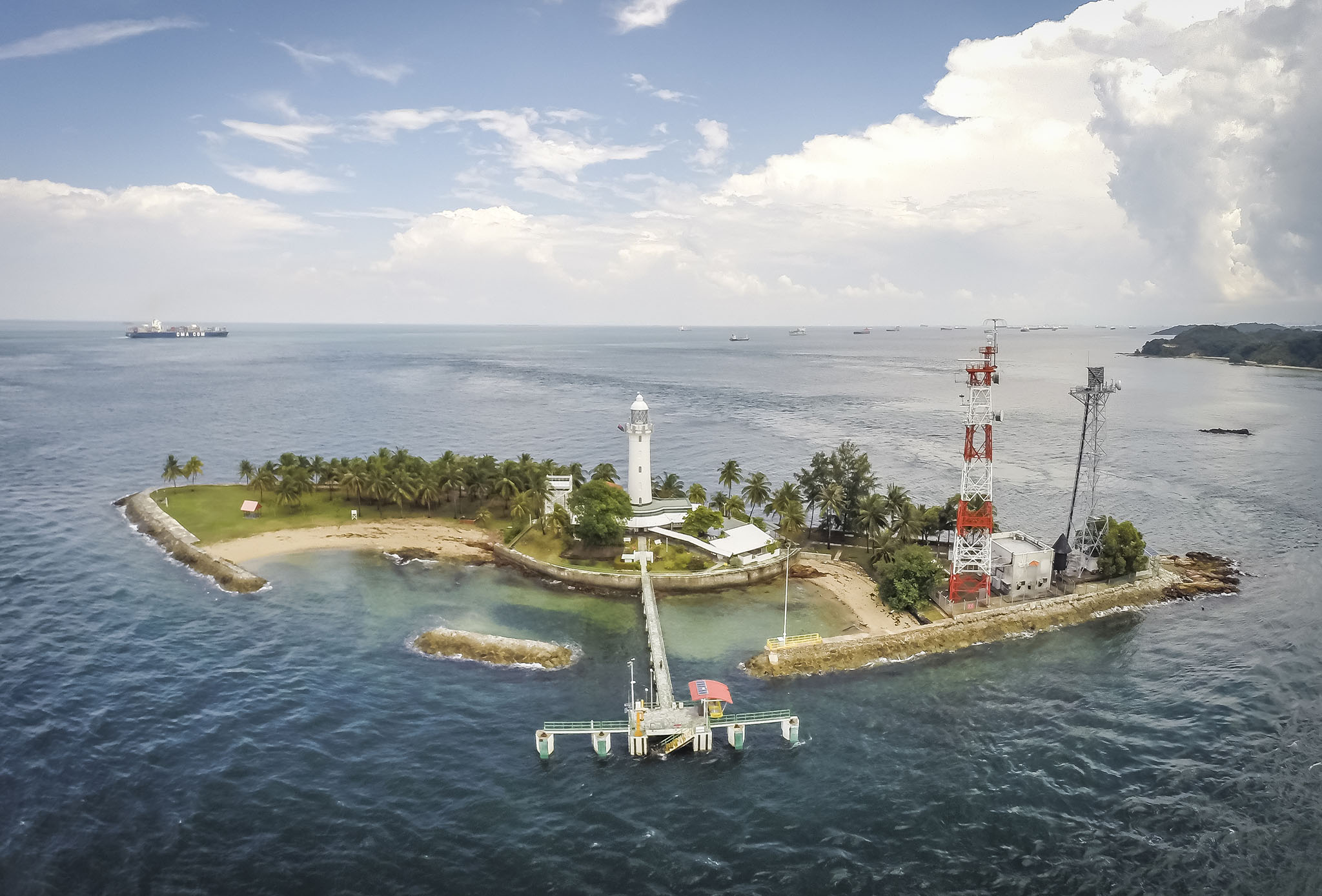
Also known as “One-Tree Island”, Pulau Satumu is an small island located 23km southwest of Singapore.
As Singapore’s southernmost island, it marked the western entrance to the Singapore Straits. The Raffles Lighthouse located on the island was erected in 1854 to guide vessels entering the straits. It is currently the second oldest lighthouse in Singapore, the first being the Horsburg Lighthouse in Pedra Branca which was built in 1851.
During the 1970s, land around Pulau Satumu was reclaimed to build additional facilities for personnel stationed on the island.
The island is open to the public during special visits such as the Maritime and Port Authority of Singapore (MPA) Learning Journeys tour, or under special request.
Things to Do
- Learn about the history of Raffles Lighthouse and the tiny island on the learning tour
Getting There
The island is closed to the public most of the year except during the MPA Learning Journeys tour.
6. Pulau Semakau
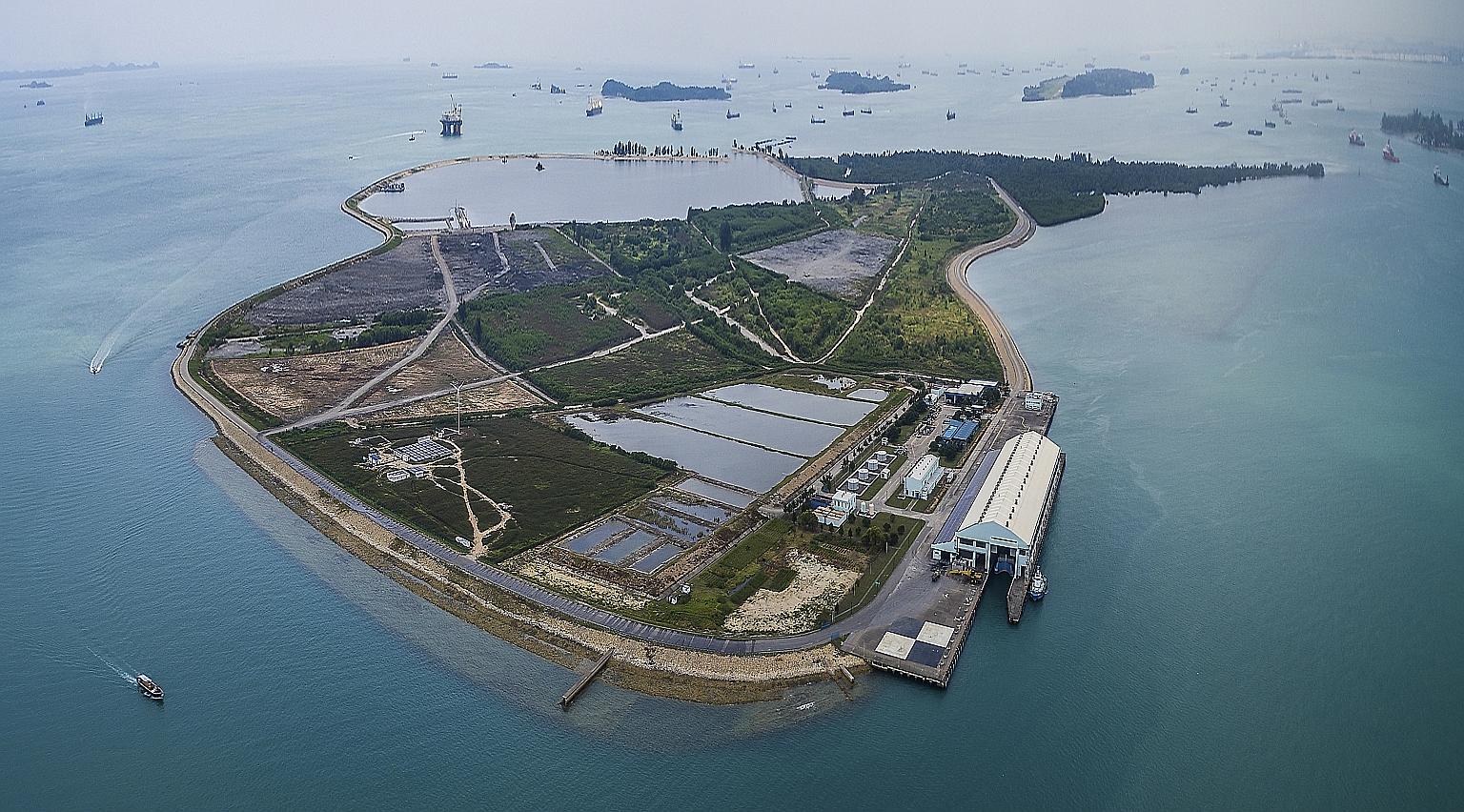
Also known as the Semakau Landfill, Pulau Semakau is Singapore’s first and only offshore landfill site.
Pulau Semakau was once home to a Malay fishing village on the western tip and a small Chinese village on the southern end during the 1900s. Several communal services and facilities can also be found on the island, including a school, a community centre, a football field, a police post and a small burial ground.
In 1987, the Singapore government acquired both Pulau Semakau and the nearby island of Pulau Sakeng, forcing the villagers to relocate to mainland Singapore.
A land reclamation process merged both islands in preparation for the construction of a petrochemical complex.
However, in 1989, land constraints in mainland Singapore prompted the conversion of Pulau Semakau into an offshore landfill instead; the landfills at Lim Chu Kang and Lorong Halus were estimated to reach full capacity by the late 1990s.
Operational in 1999, Semakau landfill is the world’s first man-made offshore landfill made out of space from the sea. The landfill is enclosed by a 7km-long rock bund made up with marine clay and impermeable membrane. At the current rate, the landfill is estimated to last till 2035.
In spite of its notoriety with the landfill, Pulau Semakau is home to a diverse ecosystem of plants and marine life that thrive on the island.
Things to Do
- Enjoy a guided tour of the Semakau landfill.
- Walk along the mangrove and spot the thriving marine life that call Pulau Semakau home.
- Spot the neighbouring fish farm by Barramundi Asia; it is one of the largest fish farm in Singapore with an estimated yield of 6,000 tonnes!
Getting There
The island is closed to the public. A request to NEA is required to visit the landfill as well as the waste-to-energy plant. Submit your request here
7. Sisters’ Islands
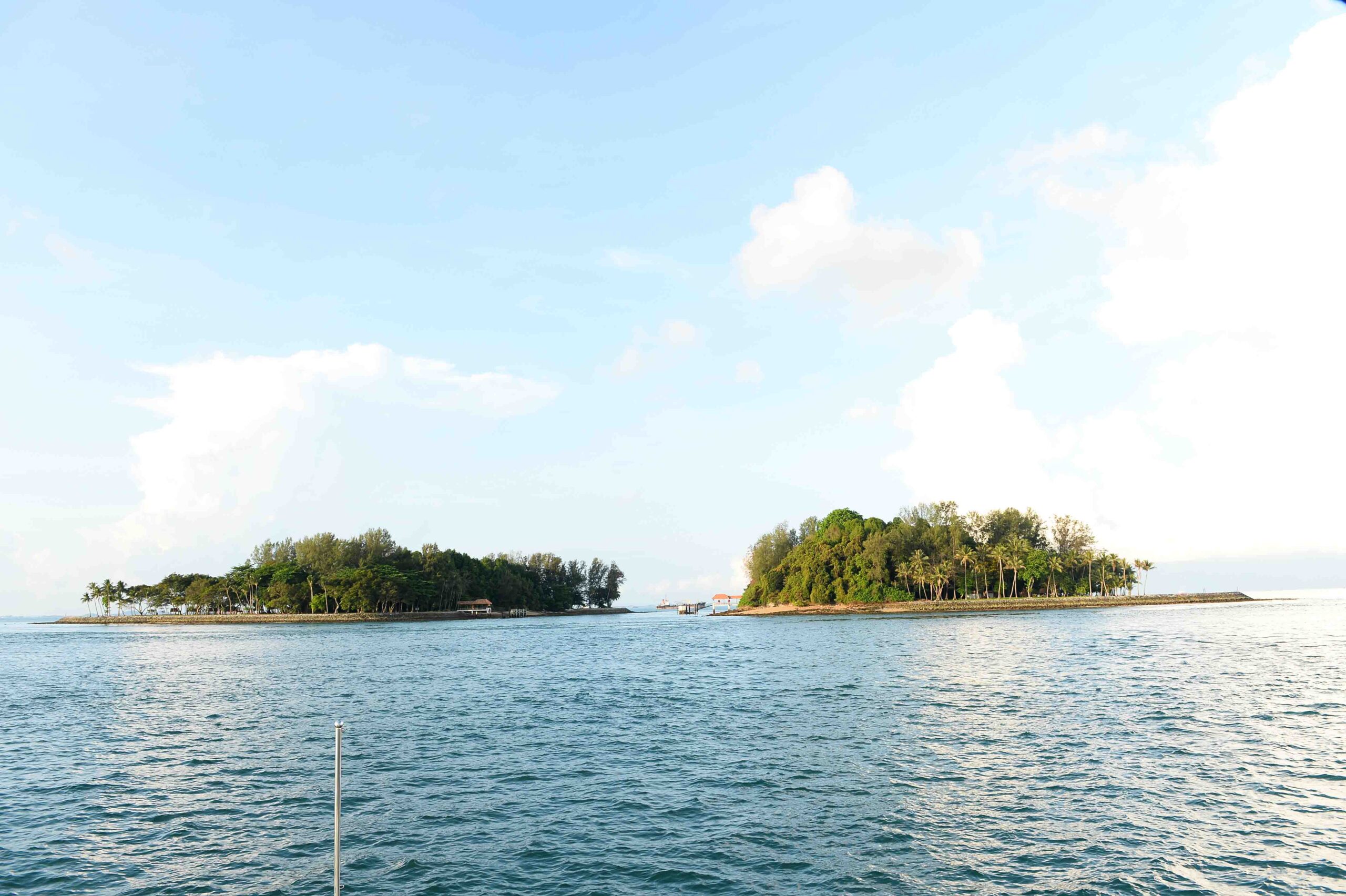
As Singapore’s first marine park, the Sisters Islands have become a popular snorkeling spot for its rich biodiversity under the water. The island is also home to Singapore’s first turtle hatchery and offers a safe and conducive environment for turtle hatchlings to incubate and grow.
The legend of the Sisters Islands tells the tale of two sisters who drown and turned into the two islets during an escape from their captors. The Big Sister Island (Pulau Subar Laut) faces the open sea while the Small Sister Island (Pulau Subar Darat) faces the mainland.
You may be interested in: The Ultimate Guide to Kayaking in Singapore: Locations, Rentals & Tours
Today, various conservation and research efforts relating to Singapore’s marine biodiversity are conducted on Sister’s island. Till date, more than 500 species of marine life have been logged in the surrounding waters.
A Sister Island Marine Park Public Gallery is set up at St. John’s Island to educate the public about the marine biodiversity in Singapore waters.
Things to Do
- Go on a diving adventure with Singapore’s first Dive Trail at the Big Sister’s Island. You are required to hire NParks’ approved dive operators listed here.
- Go on a swim at the two lagoons on Big Sister’s Island.
- Go on a intertidal walk during the low tide and check out the marine biodiversity on the island!
Getting There
Singapore Island Cruise provides private charter service from Marina South Pier to the Sisters’ Islands. Book here
8. Pulau Ubin

Also known as Granite Stone Island in Malay, Pulua Ubin is the second most popular offshore island after Sentosa. It is also home to one of Singapore’s last two kampungs; the other being Kampong Lorong Buangkok located in Mainland Singapore.
Granite on the island were once mined to support the local construction industry. In particular, stone from the island was used to built the Istana, the Pedra Branca lighthouse, and the Singapore-Johor Causeway.
A major highlight on the island is the Chek Jawa Wetlands. The wetland rose to prominence during the early 2000s when it was discovered by coincidence during a nature outing. Proposals to conduct land reclamation works on the area was shelved and conservation efforts began to preserve the rich biodiversity on Chek Jawa Wetlands.
Things to Do
- Go on a biking adventure on Ubin’s mountain biking trails
- Explore Chek Jawa Wetlands via the Coastal Loop or the Mangrove Loop
- See over 30 species of fruit trees at the Ubin Fruit Orchard
- Hike up Puaka Hill for a Insta-worthy shot of Ubin Quarry
Getting There
Bumboats rides are available from Changi Point Ferry Terminal to Pulau Ubin Jetty.


